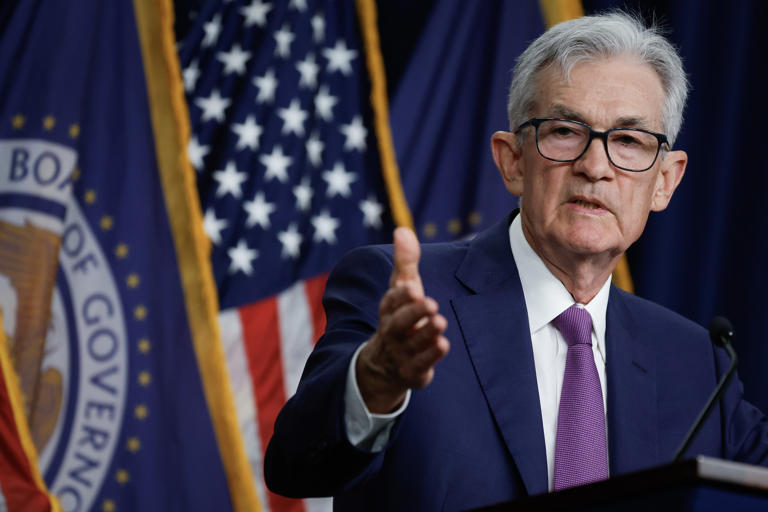The decision by the Federal Reserve to maintain interest rates has triggered a multitude of consequences, significantly impacting both savers and borrowers alike. For savers, the retention of higher interest rates signals a period of potential prosperity. With interest rates remaining elevated, savings accounts and certificates of deposit (CDs) are poised to yield more substantial returns. This is particularly advantageous for individuals who have opted for high-yield savings accounts, as they stand to benefit the most from the increased interest rates. These heightened returns not only bolster individuals’ savings but also pave the way for achieving long-term financial goals, such as building a retirement nest egg or establishing an emergency fund.
Conversely, borrowers face a more challenging landscape. The continuation of high interest rates means that individuals with loans, mortgages, or credit card debt may experience increased financial strain. Mortgage payments, in particular, could become burdensome for homeowners, especially those with adjustable-rate mortgages subject to interest rate fluctuations. Consequently, managing debt becomes paramount, with a focus on prioritizing repayment to mitigate the impact of rising interest costs and prevent further accumulation of debt.
The uncertainty surrounding the future trajectory of interest rates adds another layer of complexity to financial planning. Savers may find themselves reevaluating their savings strategies, considering options such as locking in favorable interest rates through longer-term investments like CDs. Similarly, borrowers may need to reassess their debt management plans and explore avenues such as loan refinancing to secure more favorable terms in the prevailing interest rate environment.
Beyond individual finances, the Federal Reserve’s decision carries broader economic implications. It reflects the central bank’s assessment of prevailing economic conditions, particularly concerning inflation dynamics. Persistent inflationary pressures may prolong the period of elevated interest rates, influencing consumer spending patterns, investment decisions, and overall economic growth. Consequently, businesses and investors may adjust their strategies in response to interest rate fluctuations, impacting market dynamics and asset valuations.
Amidst these developments, adopting a long-term perspective is essential. Building a diversified portfolio of assets, maintaining a balance between savings and investments, and staying abreast of economic developments can empower individuals to navigate periods of uncertainty and volatility successfully. Seeking professional financial guidance may also prove invaluable, particularly for those grappling with complex decisions amidst changing interest rate environments.
In summary, the Federal Reserve’s stance on interest rates reverberates across various facets of the economy, prompting individuals to adopt a proactive and informed approach to financial management and planning.
